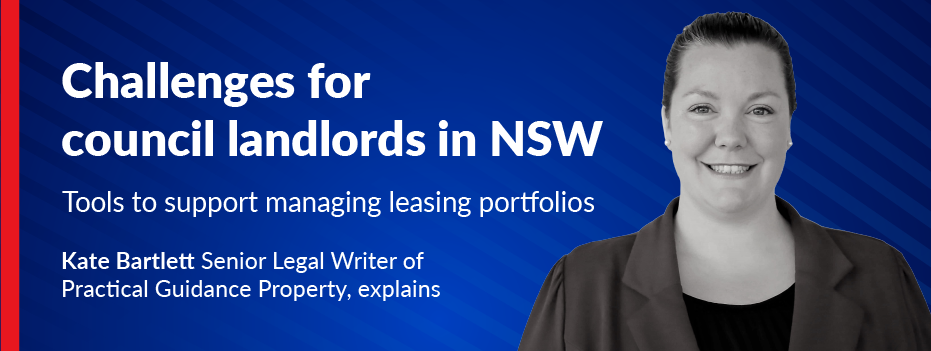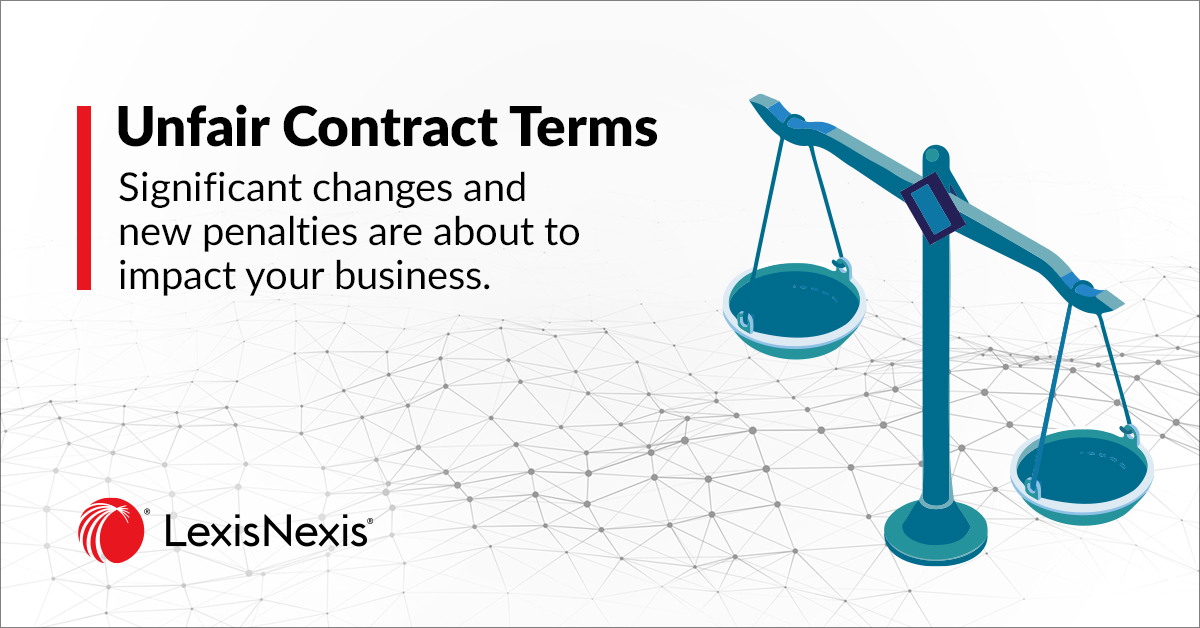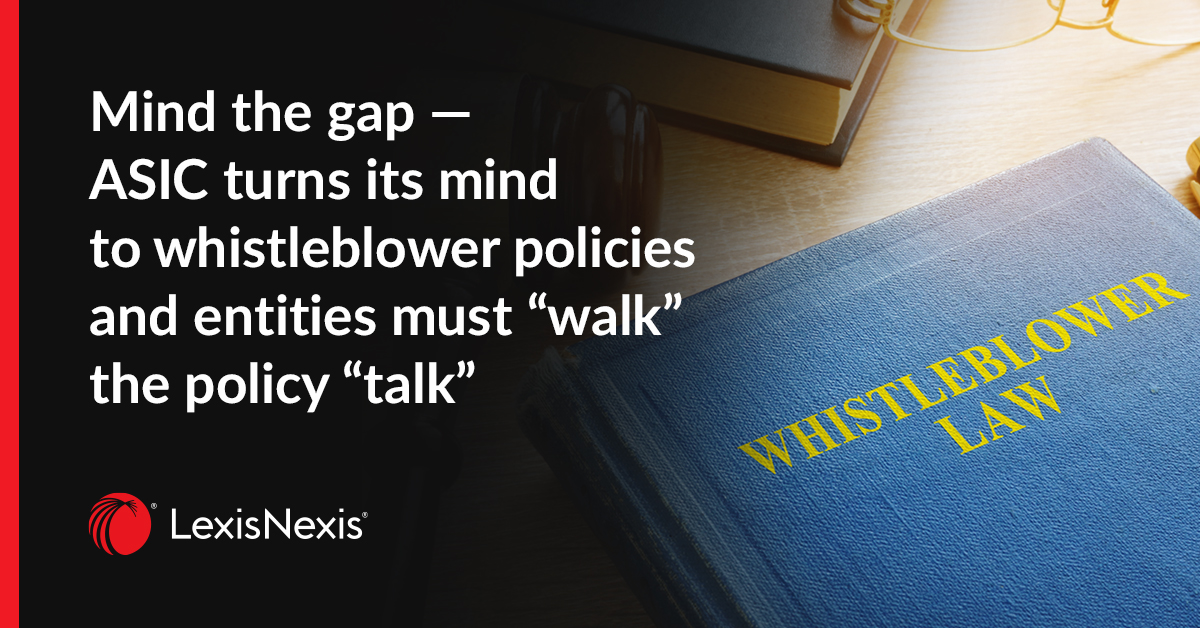
Challenges for council landlords in and out of the COVID-19 pandemic and managing their leasing portfolios
20 May 2022 02:58
By Kate Bartlett, Senior Legal Writer, LexisNexis® Australia, Practical Guidance, Property AU
Managing a large and varied leasing portfolio can be challenging for any landlord, and most landlords are constantly looking for tools to assist them to efficiently manage their leasing portfolios, particularly during a quickly changing regulatory landscape, like we have during and following the COVID-19 pandemic. Due to various factors, councils arguably have a greater need for such tools.
As owners of land (or mangers or crown land) and important community facilities in our communities, councils can often have many and varied tenants – and perhaps more than most other landlords – from bowls, golf and yacht clubs to commercial and not-for-profit operators within the sporting, health and community care industries, to cafes, other small retailers and community groups collocated within community facilities. Some such tenants and their operations or businesses will likely have been severely affected by the COVID-19 pandemic.
Councils must balance more competing priorities than most other landlords managing similarly sized leasing portfolios. Councils must manage their leasing portfolios in a way that is consistent with the various laws regulating them and the land under their control, and with the plans of management applying to the community land within its municipality (and/or to the crown land reserves under its management). Councils also must manage their leasing portfolios within the confines of a statutory framework which curtails a council’s power to lease public land and prohibits the grant of a lease unless it is authorised by and consistent with the relevant plan of management for the land (i.e., the intended use of a premises and the lease must be consistent with the relevant plan of management and the intended lease must meet certain statutory requirements (e.g., around legislated term limits, or, in some cases, the consent of the relevant minister must be obtained)) and unless certain public consultation, procurement and governance processes are complied with.[1]
Like other landlords during the COVID-19 pandemic, councils have also had to adapt and contend with a fast-changing regulatory environment affecting various aspects of their leasing portfolios. Council landlords have had to promptly assess and negotiate rent relief for tenants (in accordance with the mandatory national code of conduct) and then document variations to their leases as a result.
These factors make it more critical than ever for councils to have ready access to the right tools to help them manage their leasing portfolio.
LexisNexis Practical Guidance - Property Module is such a tool. It has the detailed guidance notes, checklists, toolkits and precedents needed to help councils manage their leasing portfolios, today, through the end of the pandemic and into the future, including:
- COVID-19 Property Toolkit, a guide to all of the legal developments in commercial and retail leasing (as well as sales and purchases and other property-functions), with links to necessary resources, precedents and other critical information.
- Latest Legal Updates providing prompt and practical guidance about the changing regulatory environment arising from the COVID-19 pandemic and other legal changes affecting their leasing portfolios.
- COVID-19: Commercial tenancies – Deed of variation of lease or sublease, a precedent document drafted to meet the needs of the lawyers for or in-house counsel of landlords and tenants who need to vary a lease to reflect any rent waiver, rent deferral or rent reduction and other concessions agreed as part of their negotiations pursuant to the national mandatory code of conduct.
- COVID-19 and commercial tenancies – guide to the national mandatory code of conduct.
- COVID-19 — guide to commercial landlords and tenants suffering financial hardship.
- Toolkit: Electronic signing and remote witnessing of property documents during the COVID-19 pandemic, which covers all temporary and permanent measures allowing certain documents to be lawfully signed and witnessed electronically.
- Extensive guidance and precedent documents covering all aspects of leasing (including commercial and retail leasing) in our Leases and Retail Leases subtopics.
For more information, see the Leasing, Retail Leases and on LexisNexis Practical Guidance - Property.
For more information, contact your Relationship Manager or visit the Property Module homepage on our Practical Guidance website.
[1] See Division 2 of Part 1 of Chapter 6 of the Local Government Act 1993 (NSW) and Division 3.4 of Part 3 of the Crown Land Management Act 2016 (NSW).
Latest Articles
-
 3 tips for banking and finance lawyers when responding to an ASIC enquiry, and how to avoid misleading or deceptive conduct.
3 tips for banking and finance lawyers when responding to an ASIC enquiry, and how to avoid misleading or deceptive conduct. -
 Significant increases to competition and consumer law penalties have commenced and sweeping reforms to the unfair contract terms regime will follow in 12 months’ time.
Significant increases to competition and consumer law penalties have commenced and sweeping reforms to the unfair contract terms regime will follow in 12 months’ time. -
 The Australian Securities and Investments Commission (ASIC) is calling on Australian CEOs, from public companies, large proprietary companies and corporate superannuation trustees to review their whistleblower policies and processes to ensure compliance with private sector whistleblower laws.
The Australian Securities and Investments Commission (ASIC) is calling on Australian CEOs, from public companies, large proprietary companies and corporate superannuation trustees to review their whistleblower policies and processes to ensure compliance with private sector whistleblower laws.
Practical Guidance
Your one-stop solution for accurate legal answers from Australian legal experts. Tools, practically focused guidance notes, checklists, precedents, and training materials support and streamline your legal workflow.
LEARN MOREContact our Experts Now

 LexisNexis
LexisNexis